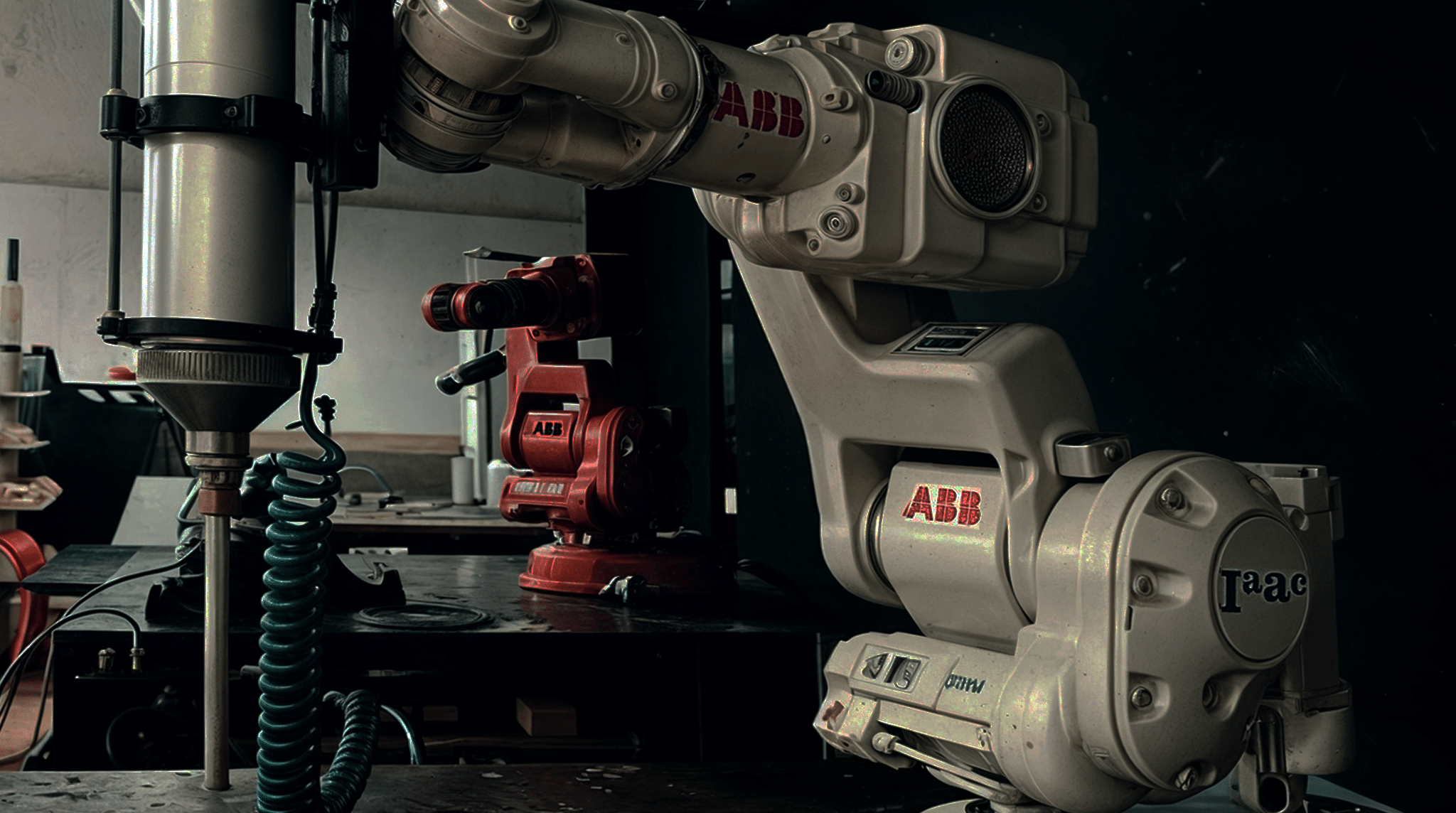Agrowealth : Does agriculture correlate to economy?
The goal of this project is to compare between the economic stability of an agriculture first city. Hamburg’s agricultural wealth is largely connected to its surrounding regions—particularly Schleswig-Holstein and Lower Saxony, which are among Germany’s leading food producers. Consequently, we focused on peripheral areas of the city that have recently transitioned into agricultural land, allowing … Read more




